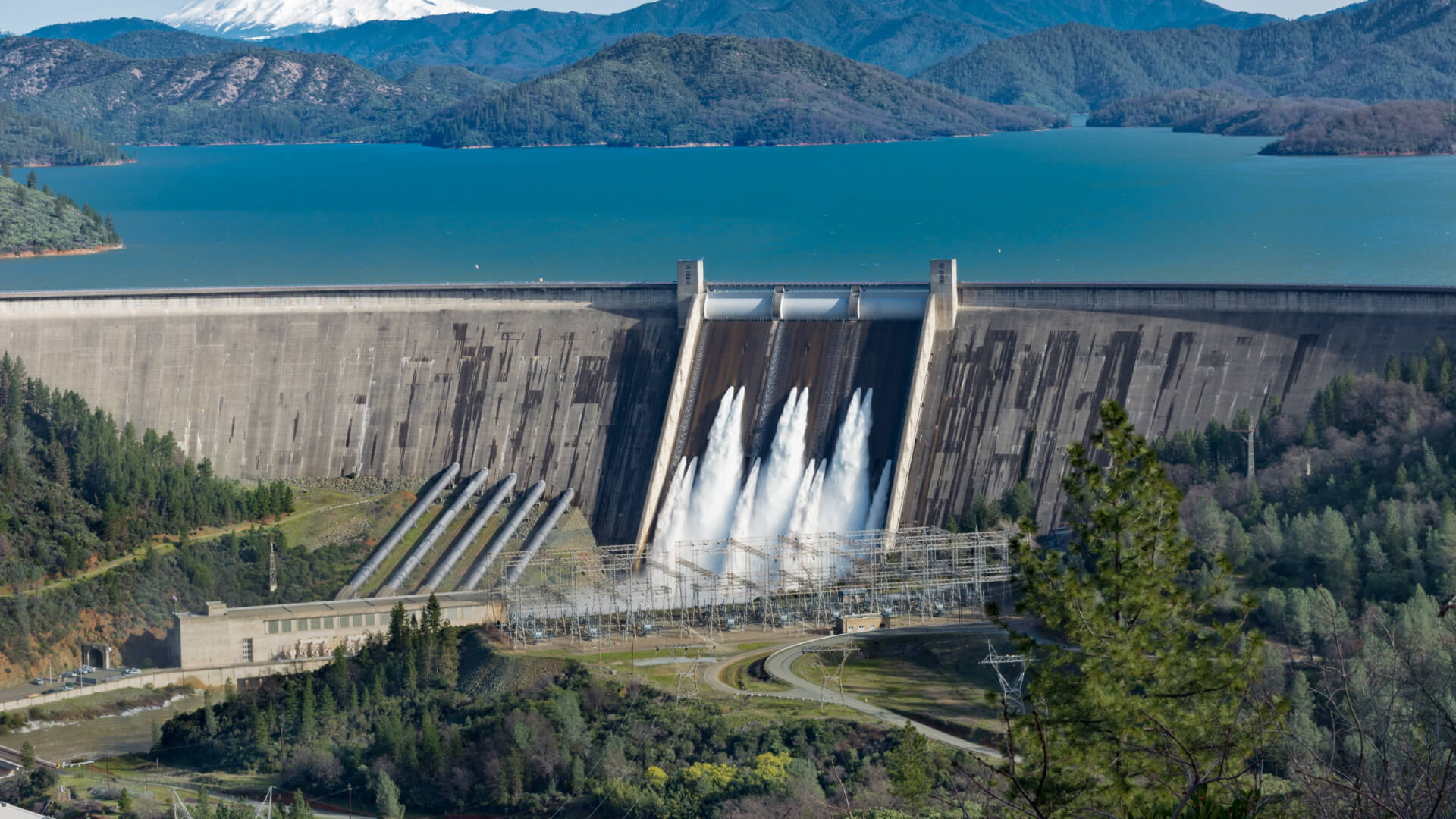Renewable Energy
Renewable Energy is projected to cover 50% of the world’s power by 2030 and 85% of the world’s power by 2050. As the world seeks sustainable and environmentally friendly energy solutions, understanding the efficiency, cost, and environmental impact of various renewable energy sources becomes essential. This article delves into the characteristics of traditional renewable energy sources and what sets our technology apart.
Efficiency of Renewable Energy Sources
Efficiency measures how well energy sources convert raw power into usable electricity. Among the prevalent sources, solar panels using photovoltaic (PV) cells exhibit efficiencies between 15% to 22%, with advanced tandem solar cells aiming for up to 30%. Wind turbines stand out with the ability to convert up to 45% of wind’s kinetic energy into electrical energy, influenced by wind speed and turbine design. The efficiency of biomass energy varies significantly, ranging from 20% to 80%, depending on the technology employed. Geothermal power plants operate at efficiencies between 35% to 50%, contingent upon technology and resource quality. Hydroelectric dams are highly efficient, achieving rates from 85% to 90%, making them the most effective renewable source. Replenish aims to capitalize on this and bring about a new form of hydroelectric generation.
Cost Considerations in Renewable Energy
The cost of renewable energy has seen a significant reduction, making it increasingly competitive. Solar energy has become one of the most cost-competitive sources, albeit with high initial installation costs. Wind energy offers cost-effectiveness, especially in windy regions, though offshore installations incur higher expenses. Hydroelectric projects demand substantial upfront investment but benefit from low operational costs. Biomass energy remains relatively inexpensive, dependent on organic material availability. Geothermal energy entails high initial costs but is financially attractive due to low operational expenses and stable output.
Environmental Impact of Renewable Energy
The environmental implications of renewable energy vary across sources. Solar energy involves some production pollution but offers emission-free energy generation. Wind farms require significant land but can coexist with agriculture, with concerns over noise and bird fatalities being addressable. Hydroelectric energy impacts local ecosystems and fish migration, calling for sustainable design solutions. Biomass energy, if sourced responsibly, is sustainable but emits greenhouse gasses during combustion.
Geothermal energy is low in emissions and land use but can lead to subsurface degradation and water pollution if improperly managed.
Replenish Waterpower Technology
Our patented technology comes as a new entry to the renewable energy market which addresses the intermittency of other renewable energy sources while providing efficient and reliable power generation. Our technology is the first and only natural dispatchable energy converter in the world which enables us to cater to isolated areas as well as modernized locations. We stand at the forefront of scalability because our technology can be adjusted to cater to large scale and small scale operations. Coupled with microgrid technology, areas become self-sufficient and electricity can reach remote areas outside of the traditional grid connected solutions.
Conclusion
The landscape of renewable energy is diverse, with each source offering unique benefits and challenges. As the world moves towards a more sustainable energy future, understanding these nuances is crucial. The introduction of our technology has the potential to further transform the energy sector, offering solutions that may surpass existing ones in efficiency, cost-effectiveness, and environmental sustainability.
